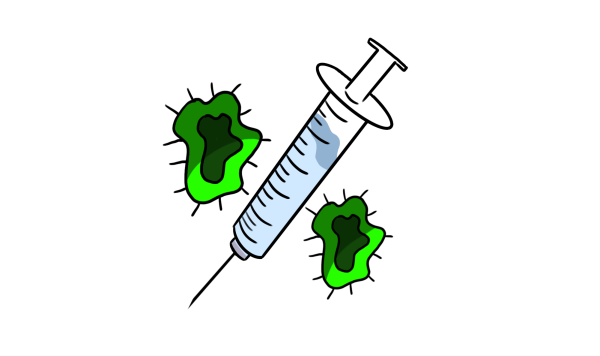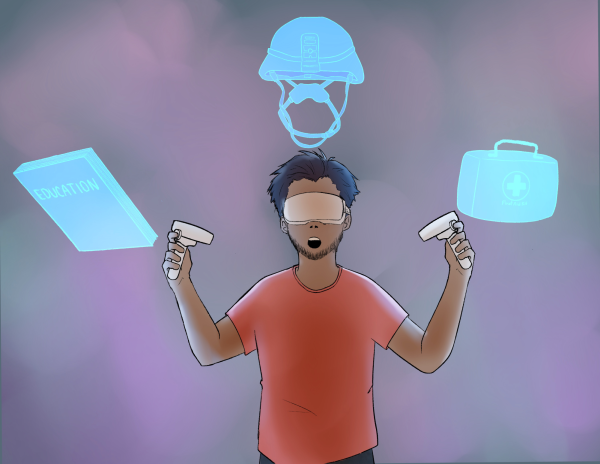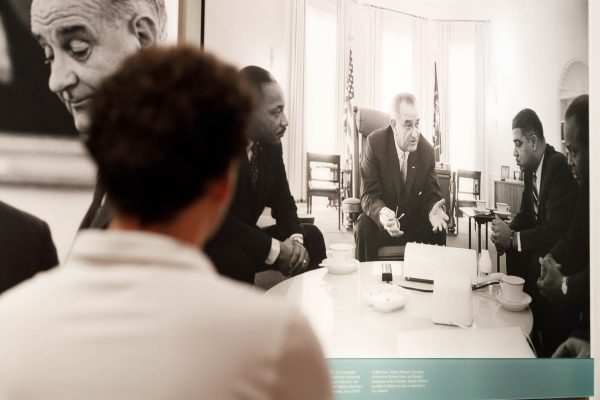Punk is not dead, lives on in youth culture and the Internet
Punk has been evolving ever since it crawled out of the gritty London underground. It is more than just a state of mind: it is an art form, a fashion movement and a music genre. Punk is a feeling.
But by now, punk has become a consumerism ploy, a political ideology ravaged by “posers” with as much staying power as a hashtag trending on Twitter.
That being said, the Metropolitan Museum of Art in New York is hosting a multimodal exhibition entitled, “PUNK: Chaos to Couture” in celebration of the past forty years of punk culture. The exhibition will feature 100 designs, with original punk designs from the 1970s, clashing beside the modern ready-to-wear trends they inspired.
The fashion designers featured in “PUNK: Chaos to Couture” range from visionaries who combined punk’s penchant for rebellion with high fashion showmanship, Vivienne Westwood and Malcolm McLaren, to a new flock of punk-inspired trendsetters like Jeremy Scott and Ricardo Tisci of Givenchy.
“PUNK: Chaos to Couture” will illuminate the hopeful prospects born from a street style’s nihilistic, “no future” maxim, according to the show’s curator, Andrew Bolton.
The very core of punk seems to be anti-everything the fashion industry exudes, yet fashion often appropriates punk’s sense of aggression in an attempt to capture the spirit of the radical youth.
Searching for a modern punk movement differs from, say, 1979, when “Rolling Stone” named The Clash’s “London Calling” the best album of the year.
Nothing so noticeably radical has dared to infiltrate the mainstream music psyche in years. Except maybe Lady Gaga or dubstep.
Regardless, neither Gaga nor dubstep are unmistakably original phenomenons like the punk movement of the 1970s.
So if our most prolific and defiant creative movements are just sampling vintage vibes, where did “real” punk go?
The answer is the Internet.
From the the debaucherous hodge-podge of Reditt to the sea-punk nonsensical blur of Tumblr, kids today are using the Internet as a tool for rebellion.
Something as non-threatening as taking selfies with no filter on Instagram or posting a passive-aggressive 3 a.m. tweet often passes as a radical affront to the status quo, the establishment, or, at the very least, an online “frenemy.”
Online nirvana is reached by maintaining both a flippant online presence and a revolutionary agenda. Individuality is key, and so is fitting a hip mold.
Punk is whatever you want it to be.
Punks of the past might shudder in their Doc Martens at this statement, but modern Children of the Internet will agree.
Punk is Frank Ocean demanding to sing “Forrest Gump,” a song about his intimate feelings for another man, at the Grammys.
Punk is Lena Dunham playing ping-pong naked on an episode of “Girls.”
Punk is that Hot Topic phase you had in seventh grade.
The point is, although the stereotypical punk may not dominate the streets in herds, youth culture is still doing really radical things. And as long as there is a mainstream to rebel against, punk will never disappear.











